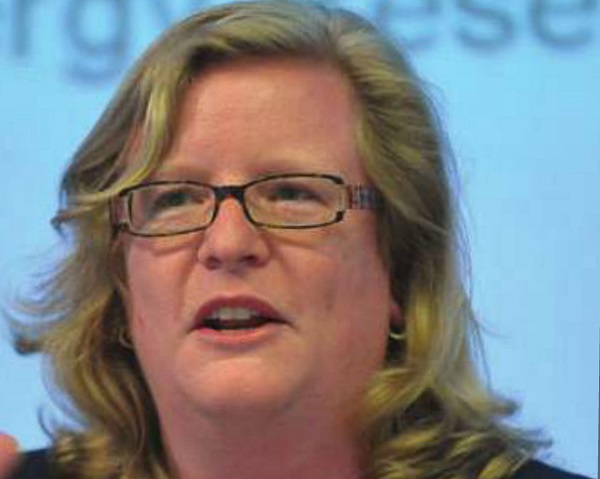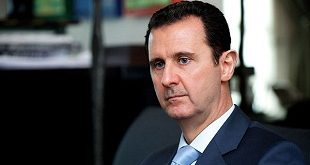
Christine Lins is the Executive Secretary of Ren 21, a global renewable energy multi-stakeholder policy network. She spoke to Ian Katusiime about the prospects of renewable energy in Africa.
Please break down for us what it means for the world now to have 147GW of renewable energy?
Record renewable power capacity of 147 GW installed in 2015 was mainly wind and solar (the renewable power capacity installed globally in 2015 is equivalent to total power capacity of the African continent. You should also note that for the first time, there is more investment in renewable energy from emerging economies and developing countries than in industrialised countries. Then, the annual PV market in 2015 was nearly 10 times the world’s cumulative solar PV capacity of a decade earlier. 22 countries had enough PV capacity at end of -2015 to meet more than 1% of their electricity demand, with far higher shares in some countries like Italy (7.8%), Greece (6.5%), Germany (6.4%). Wind power was the leading source of new power generating capacity in Europe and the United States in 2015, and the second largest in China. Wind power is also playing a major role in meeting electricity demand in an increasing number of countries, like Denmark: 42% of demand, Uruguay: 15.5%.
What is the capacity of Uganda in terms of its renewable energy output?
We don’t have detailed data on this available at the moment. What we do know though is that investment in Uganda in 2015 was $134 million. There is an uptake of local solar mini-grid projects in Uganda, which supply electricity to off-grid villages.
Shared Solar has built micro-grids for communities in Uganda (since 2011) which provides electricity infrastructure and service to off-grid communities through a combination of renewable energy, smart metering and storage management. Local energy co-operatives and community-owned partnerships are established under a pay-as-you-go model.
In your report, you say that countries in the Great Rift Valley, where there are significant geothermal resources (as in Kenya), have begun to tap direct geothermal heat for use in greenhouses. What more benefits can accrue from this?
Geothermal resources can be used for clean-cooking, household and industrial heating. Jobs also accrue from the development of geothermal. Over 8 million people were employed in the renewable energy sector in 2015 of which over 150,000 was in the geothermal sector.
You say developing countries have invested more in renewable energy than developed ones. How do you explain this and why should they invest more?
Well, emerging economies have a rapidly rising electricity demand and need the most additional power generation capacity. The falling costs of renewable energy technologies, mainly solar and wind power, have made projects viable in resource-rich developing and emerging economies, as well as in more locations in developed countries. Investment in renewable energy has been increasingly towards wind and solar power because of declining costs and scalability. Renewables are now cost competitive with fossil fuels in many markets.
What employment opportunities are there for those working in renewable energy projects in areas like East Africa?
Chine led in investment in emerging and developing countries. In 2015, the developing world, including China, India and Brazil, committed a total of $156 billion (up 19% compared to 2014). China increased its investment by 17% to $102.9 billion, accounting for 36% of the global total. Renewable energy investment also increased significantly in Chile, India, Mexico and South Africa.
Which African cities and companies are leading the way in the renewable energy movement?
The Energy for Development Network has set up six local solar mini-grid projects in Uganda, Kenya and Cameroon, which supply electricity to off-grid villages. A co-operative manages and maintains the local projects, re-investing all profit into the project and the community. The network also provides rechargeable battery kits for lighting, radios, and televisions, among others, to the local community.
Where do you see the state of renewable energy sector in Africa in the next ten years?
Many countries throughout Africa are increasing their policy commitments in the power sector. Thus renewable power generating technologies will continue to be deployed across the continent, with significant markets on-grid as well as off-grid (for solar PV in particular). In 2015, several countries including Ethiopia, Guinea and Zambia brought new hydropower facilities online. Morocco was the world’s largest CSP market, South Africa was the first country on the continent to achieve 1 GW of solar PV and helped push the continent’s wind power capacity above the 3 GW mark, and Kenya ranked fourth globally for new geothermal power capacity. Across Africa, renewable power projects and technology manufacturing facilities are being planned or were under construction.
***
editor@independent.co.ug
 The Independent Uganda: You get the Truth we Pay the Price
The Independent Uganda: You get the Truth we Pay the Price


